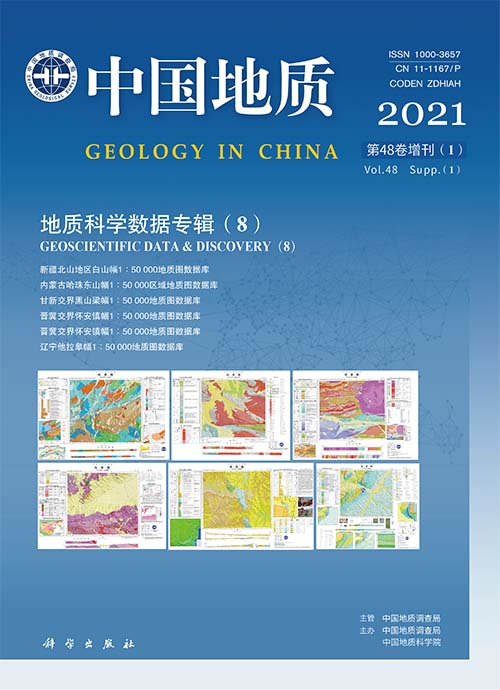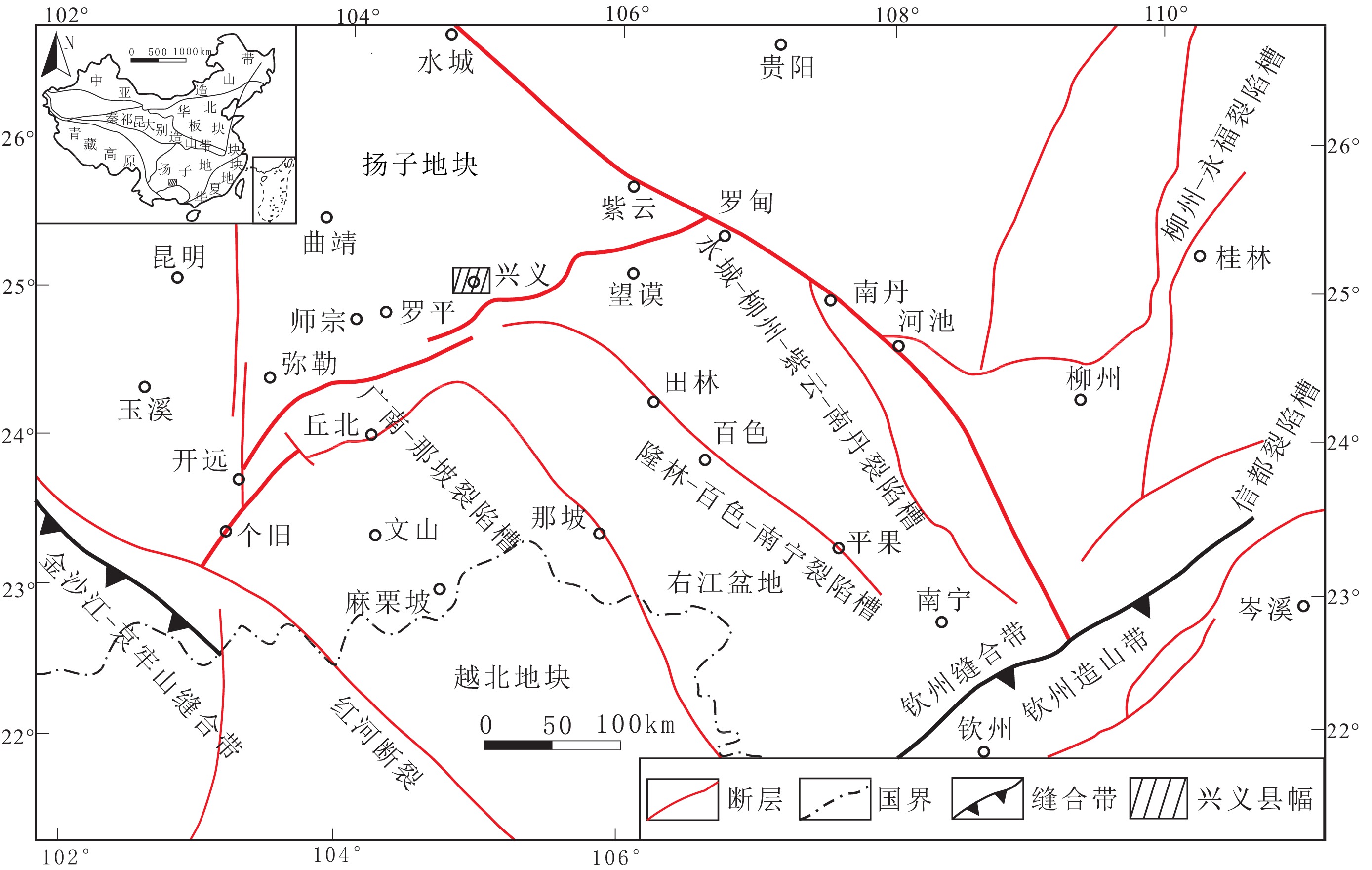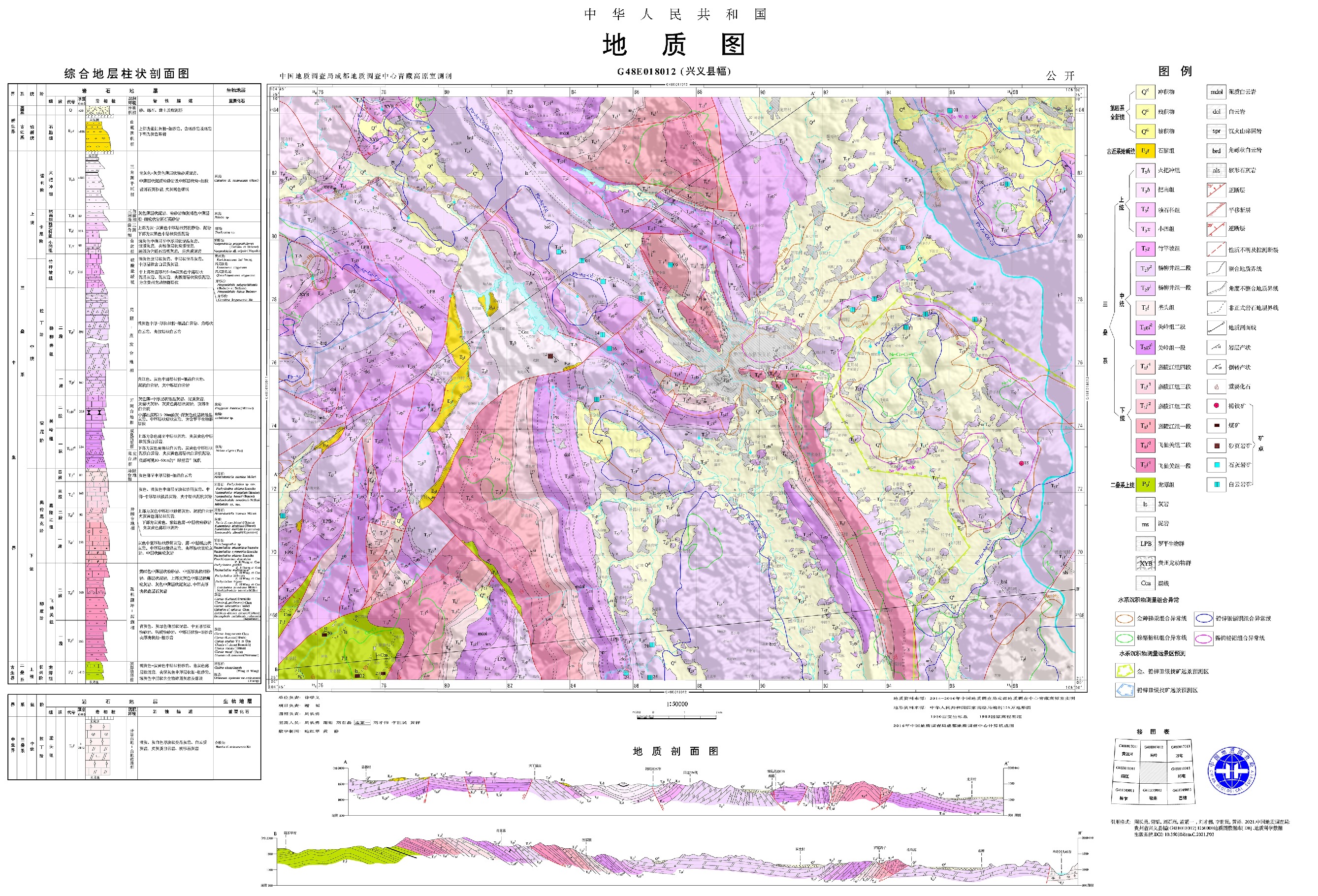|
[1]
|
Benton Michael J, Twitchett Richard J. 2003. How to kill (almost) all life: The end– Permian extinction event[J]. Trends in Ecology and Evolution, 18(7): 358−365. doi: 10.1016/S0169-5347(03)00093-4
CrossRef Google Scholar
|
|
[2]
|
Chen Zhongqiang, Shi Guangrong, Kaiho K. 2002. A New Genus of Rhynchonellid Brachiopod from the Lower Triassic of South China and Implications for Timing the Recovery of Brachiopoda After the End–Permian Mass Extinction[J]. Palaeontology, 45(1): 149−164. doi: 10.1111/1475-4983.00231
CrossRef Google Scholar
|
|
[3]
|
Jin Yugan, Wang Yue, Wang Wei, Shang Qinghua, Cao Changqun, Erwin D H. 2000.Pattern of marine mass extinction near the Permian- Triassic boundary in South China[J]. Science, 289(5478): 432-436.
Google Scholar
|
|
[4]
|
Hallam Anthony. 1991. Why was there a delayed radiation after the end–Palaeozoic extinctions?[J]. Historical Biology, 5(2/4): 257−262.
Google Scholar
|
|
[5]
|
Hu Shixue, Zhang Qiyue, Chen Zhongqiang, Zhou Changyong, Lu Tao, Xie Tao, Wen Wen, Huang Jinyuan and Michael J. Benton 2011. The Luoping biota: exceptional preservation, and new evidence on the Triassic recovery from end–Permian mass extinction[J]. Proceeding of the Royal Society B, 278: 2274−2282.
Google Scholar
|
|
[6]
|
Liu Shilei, Wang Jian, Yin Fuguang, Xie Tao, Hu Shixue, Guan Xiaofeng, Zhang Qiyue, Zhou Changyong, Cheng Wanhua, Xu Jinsha. 2016. Early Triassic stromatolites from the Xingyi area, Guizhou Province, southwest China: geobiological features and environmental implications[J]. Carbonates and Evaporites, 32: 261−277.
Google Scholar
|
|
[7]
|
Payne Jonathan L, Lehrmann Daniel J, Wei Jiayong, Orchard Michael J, Schrag Danie P, Knoll Andrew H. 2004. Large perturbations of the carbon cycle during recovery fromthe end–Permian extinction[J]. Science, 305: 506−509. doi: 10.1126/science.1097023
CrossRef Google Scholar
|
|
[8]
|
Song Haijun, Wignall Paul B, Tong Jinnan, Yin Hongfu. 2013. Two pulsesof extinction during the Permian–Triassic crisis[J]. Nature Geoscience, 6(1): 52−56. doi: 10.1038/ngeo1649
CrossRef Google Scholar
|
|
[9]
|
Zhang Qiyue, Wen Wen, Hu Shixue, Benton Michael J, Zhou Changyong, Xie Tao, Lu Tao, Huang Jinyuan, Choo Brian, Chen Zhongqiang, Liu Jun, Zhang Qican. 2014. Nothosaur foraging tracks from the Middle Triassic of southwestern China[J]. Nature Communications, 5: 3973. doi: 10.1038/ncomms4973
CrossRef Google Scholar
|
|
[10]
|
胡智丹, 谢韬, 尹福光. 2018. 贵州龙动物群产出层位碳氧同位素研究[J]. 中国地质, 45(5): 1039−1048. doi: 10.12029/gc20180511
CrossRef Google Scholar
|
|
[11]
|
任纪舜, 王作勋, 陈炳蔚, 姜春发, 牛宝贵.1997.中国及邻区大地构造图(1∶5 000 000)[M].北京: 地质出版社.
Google Scholar
|
|
[12]
|
谢韬, 刘石磊, 黄金元, 文芠, 楼雄英, 胡智丹, 周长勇. 2019b. 贵州兴义烂滩剖面中–上三叠统之交鱼类微体化石和牙形石生物地层[J]. 地质论评, 65(3): 703−712.
Google Scholar
|
|
[13]
|
谢韬, 刘石磊, 楼雄英, 胡智丹, 周长勇, 文芠. 2019a. 贵州兴义地区下三叠统嘉陵江组牙形石生物地层及碳同位素记录[J]. 地层学杂志, 43(3): 333−342.
Google Scholar
|
|
[14]
|
谢韬, 周长勇, 胡智丹. 2016. 兴义地区关岭组二段大型海生爬行动物肋骨的发现[C].// 成都理工大学地球科学学院主编. 资源环境与地学空间信息技术新进展学术会议论文集. 北京: 科学出版社, 10–12.
Google Scholar
|
|
[15]
|
云南省地质局. 1977. 1∶200 000区域地质矿产调查报告(罗平幅)[R]. 云南.
Google Scholar
|
|
[16]
|
周长勇, 谢韬, 刘石磊, 孟繁一, 刘才伟, 李世民, 黄祥. 2021. 中国地质调查局: 贵州省兴义县幅(G48E018012) 1:50 000地质图数据库[DB]. 地质科学数据出版系统. DOI:10.35080/data.C.2021.P03.
Google Scholar
|







 DownLoad:
DownLoad:
